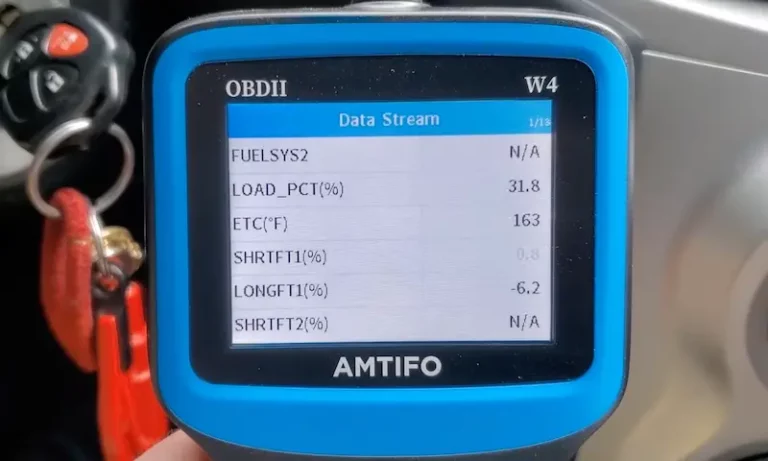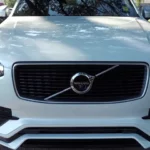Your vehicle’s fuel system is one of the most critical aspects of the car, and one significant problem it faces is an OL-Fault.
When your vehicle has an OL-fault, the fuel system is stuck on an open loop. When this opens, it means that the engine will continuously be fed more fuel regardless of the working condition of the engine.
It is why we have taken out time to provide well-detailed information about Fuel System 1 OL-Fault.
In this article, we will look into the meaning of Fuel System 1 OL-Fault, its causes, and how to fix the issue.
What Is A Fuel System 1 OL-Fault?
A fuel system 1 OL-fault relates to a damaged open loop in a fuel system. OL-fault is an electrical problem when the open loop system fails to close. It happens when a circuit breaks or an electrical interruption occurs.
Before going on, you need to understand an open loop. There is an open and closed loop in the fuel-injected engine system.
A close loop is when the engine operates with the help of a feedback loop and other sensors.
The open loop does not depend on a feedback loop. The fuel amount injected into the engine depends on a fuel map.
Furthermore, the Engine Control Module (ECM) is responsible for the open loop system. It will switch from a closed to an open loop based on the throttle compared to the fuel map.
Thanks to the help of some sensors which feed the ECM with information. Some of the information may include the following.
1. Airflow into the manifold
2. Throttle position
3. Engine block temperature
4. Engine RPMs
5. Ambient air temperature.
The ECM will change to an open loop in situations like this.
1. Start-up or warm-up
2. Acceleration
3. Declaration
When the ECM does not switch from an open loop to a closed loop, this is when you have a Fuel System 1 Ol-fault.
Causes Of Fuel System 1 OL-Fault
Several factors could cause an OL-fault; most of the time, it can be traced to damaged related sensors.
Below are some of the factors that could cause an OL-fault.
1. Faulty wiring
2. Faulty O2 sensor
3. Faulty Mass Air Flow (MAF) sensor
4. High voltage
5. Faulty ECM
6. Faulty Engine Coolant Temperature (ECT) sensor
There are also other causes, but these are the common factors that, if damaged, will cause the OL-fault issue.
How To Fix A Fuel System 1 OL-Fault
To fix an OL-fault issue, you must first have a proper diagnosis to find the cause. It is because many factors could cause the problem.
You can have a proper diagnosis done on your vehicle with the help of an OBD2 device. Scan for damaged sensors or error codes that are related to the OL-fault.
Once you can find the cause of the OL-fault, you can go on to fix the damaged component.
Below are ways that you could fix OL-fault issues in your car.
1. Faulty wiring fault fix
The open and closed loops are electrical components that make use of wires. Over time the wires get worn out, corroded, or damaged from improper installation. When this happens, you either have a stuck open or closed loop.
To solve this problem, you will have to find the damaged wire. With the help of your vehicle manual, you can get a diagram of the entire wiring of your vehicle.
Once you get the damaged wire, replace and install it properly. Also, ensure that the wire is properly insulated to avoid the same issue coming up in the future.
2. Faulty O2 sensor fix
The O2 sensor feeds the ECM with some of its readings to switch from an open to a closed loop. Once they get damaged, it could cause a faulty open loop.
If you want to solve a faulty O2 sensor, you need to locate where the sensor is. It is usually located on the exhaust manifold close to the catalytic converter.
Once you can find it, examine the sensor and its wiring. Sometimes the sensor is suitable, but the problem is its wiring.
After examining, replace the sensor if it is bad and do the same to the damaged wiring.
3. Faulty Mass Air Flow (MAF) sensor fix
The MAF sensor is responsible for measuring the air going to the engine. It is also part of the sensors responsible for feeding the ECM data, which it uses to switch open and closed loops.
Furthermore, if you have a damaged MAF, you also need to locate where the sensor is. It is usually between the air filter and the engine’s intake manifold.
Please take out the MAF, examine it and its wiring, and then proceed to make appropriate replacements.
4. High voltage fix
As we have said earlier, the open loop operates as an electric component and functions like other electrical components. When there is a high voltage, it could damage the components’ fuses or the components themselves.
To fix high voltage damage, you must immediately find and replace the damaged fuse. The fuse is in the fuse box, under the hood, at the driver’s position.
If the damage is one of the electric components, you could perform an OBD scan to find the exact damaged part and have it replaced or repaired.
5. Faulty ECM
The ECM is the brain of your vehicle; it monitors and controls most of the parts of your engine and car in general. When it is damaged, you may have an OL-Fault.
Sometimes, the problem could be a software issue, and you may just need to have it reprogrammed. Due to how complex reprogramming is, you may need professional help.
If the ECM is damaged, you will need a replacement as soon as possible.
Final Thoughts
A Fuel System 1 OL-Fault will cause your engine to run rich and reduce efficiency. It is why you need to have the ol-fault fixed as soon as possible before it causes further damage to your engine.
You could visit a professional to ensure the problem is solved. Doing this will ensure that the issue does not come up again.




